A Deakin University Phd student has claimed that farm dams are a major contributor to greenhouse gases, according to the Weekly Times [ 21/11 ].
‘This is due to the microbes in dams, which release carbon dioxide, methane and nitrous oxide.
‘But, according to the scientist behind the work, emissions from dams could be halved with “simple” changes to farming practices.
‘The study’s lead author, Quinn Ollivier, a PhD candidate in Deakin’s Blue Carbon Lab, found Victoria’s 375,000 farm dams produce the equivalent amount of greenhouse gas emissions as 385,000 cars.
‘Mr Ollivier’s study found dam emissions were caused by dissolved nitrate concentrations, and were significantly higher on livestock farms, compared to cropping areas.’
Well, we never knew that. The good news, however, is that the problem can be largely fixed by revegetating dam edges, which would obviously have other environmental benefits.
And while we’re on the subject of dams, the state government has proposed putting a brake on farm dams by instituting a ‘reasonable use limit’ on them from early next year. The proposal is designed to prevent distortions on water accessibility which may happen, for example, if an upstream landholder reduces the amount of water available to downstream users. The proposal has met with plenty of opposition.
As we’ve explained before, FOBIF’s position on this matter starts with a distinction between genuine farm dams, useful for agricultural production, and ornamental dams, put in by some rural users just to have a nice water view. The latter have exploded in number in recent decades, and have a significant effect on our waterways. As the Dja Dja Wurrung joint management plan puts it:
‘Dams fragment the watercourse they’re built on, preventing movement of aquatic animals between parts of the stream on either side of the dam. Dams and channels can decrease gatjin [water] flows downstream, particularly in low rainfall periods, reducing streams to disconnected pools, or causing problems associated with low flows, such as algal outbreaks.’

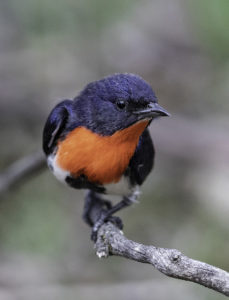
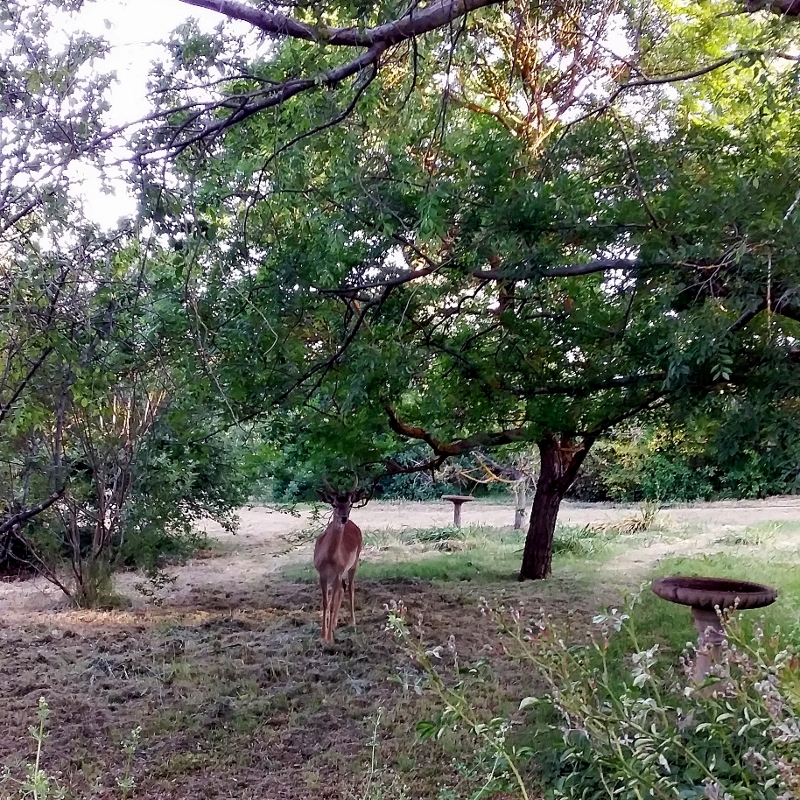

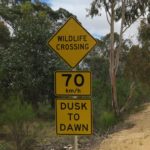
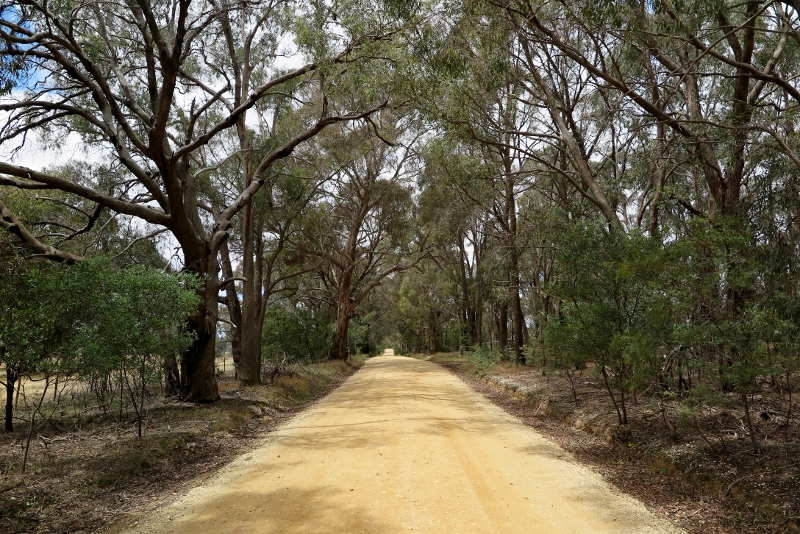
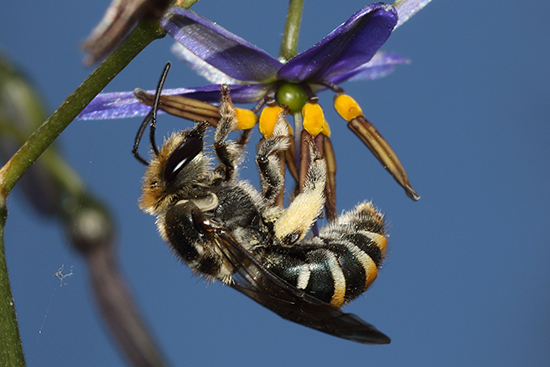



 Click on image for info/order page
Click on image for info/order page Click on image for info/order page
Click on image for info/order page Click on image for info/order page
Click on image for info/order page




















